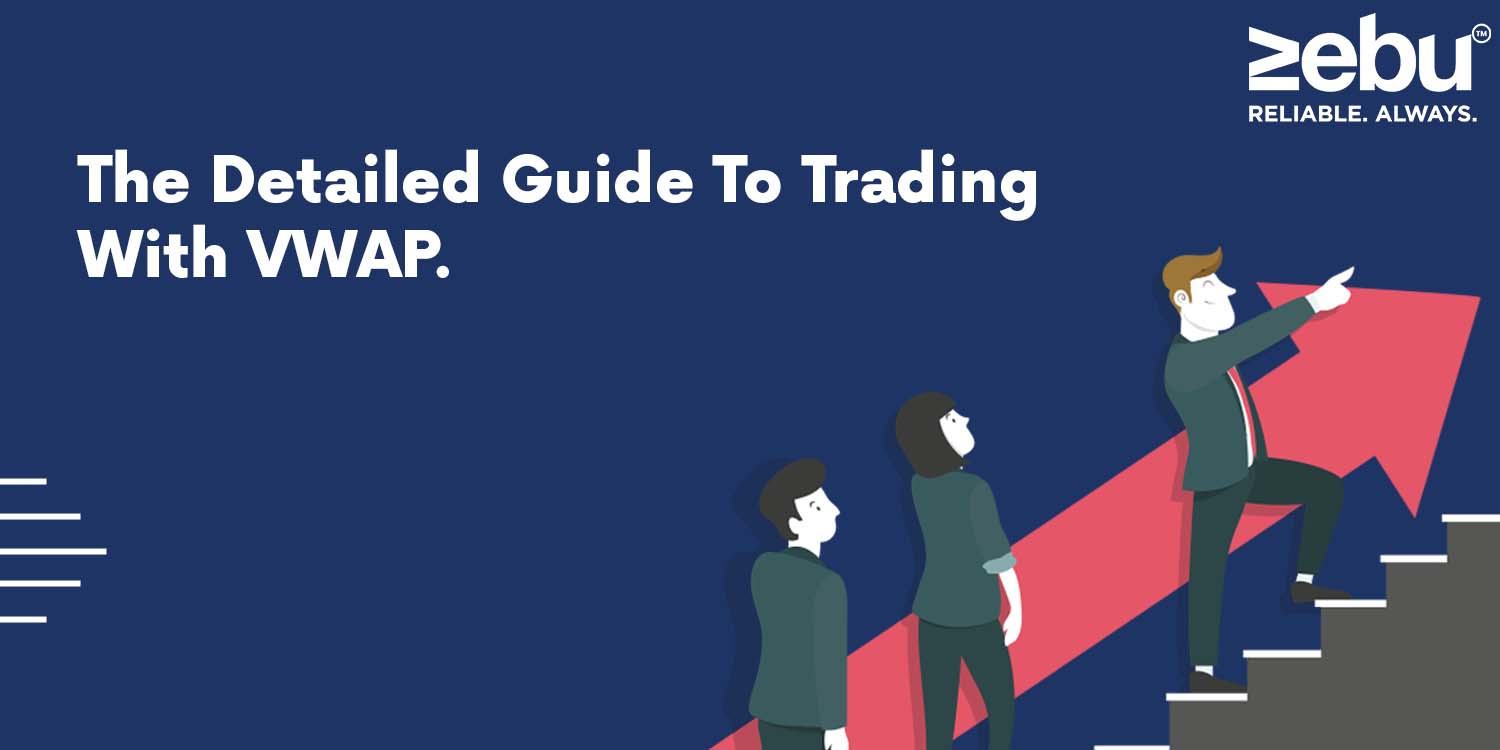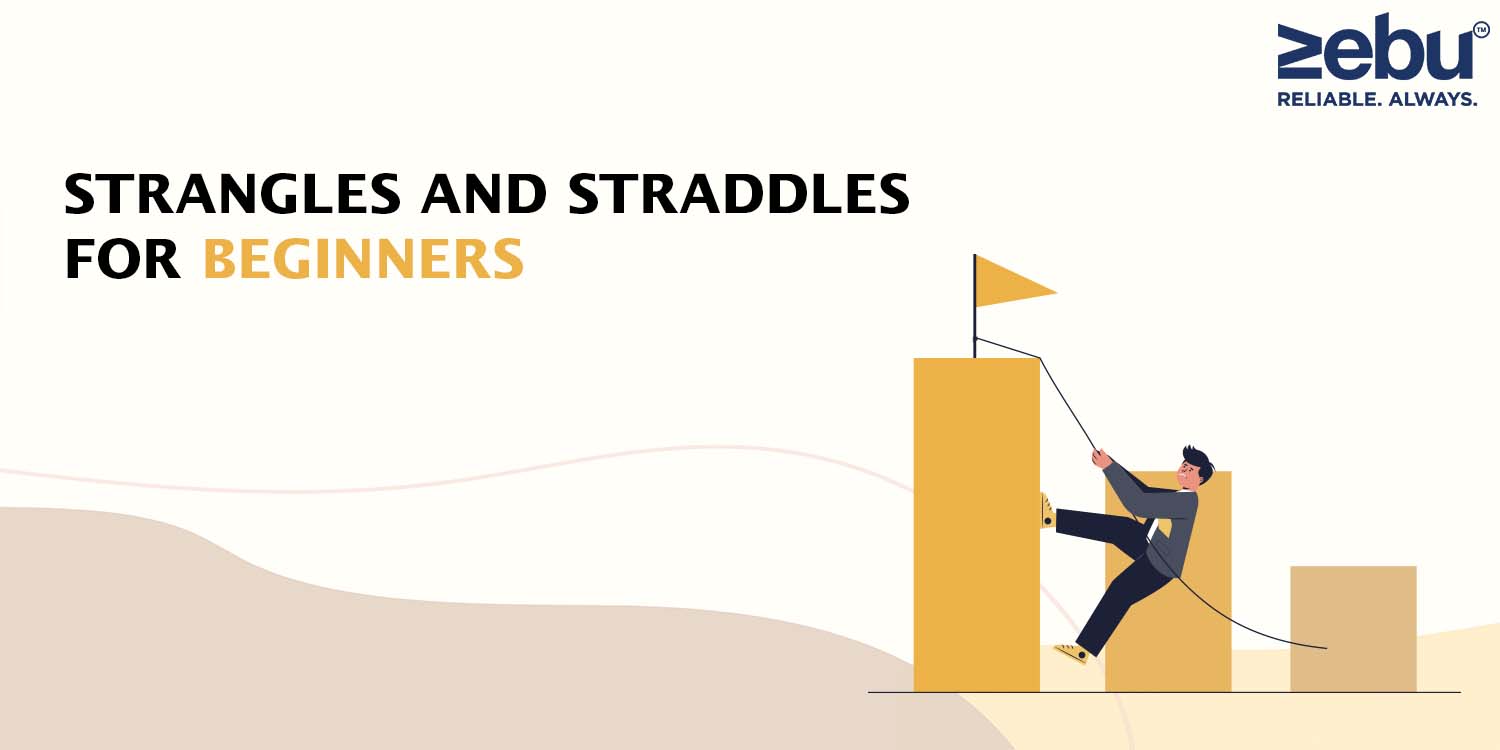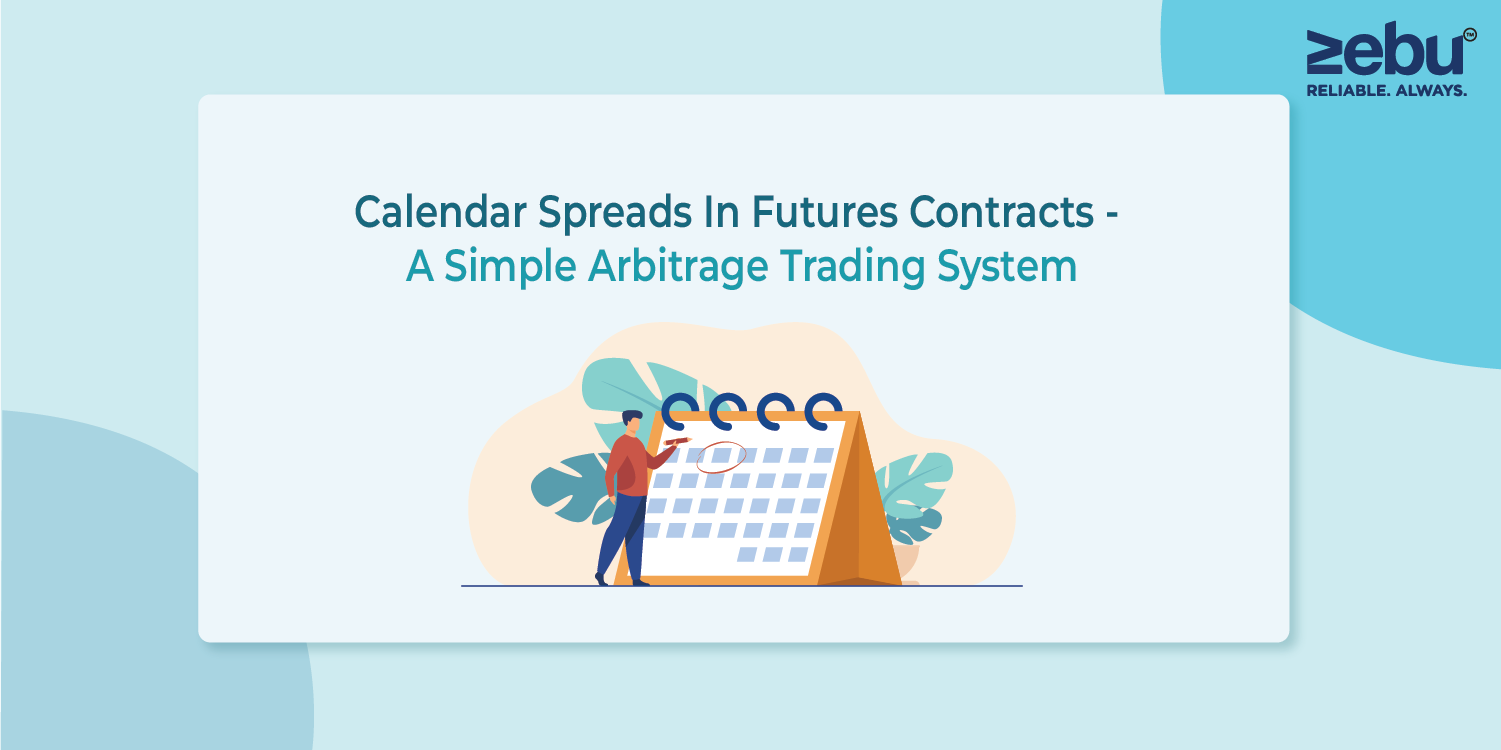
The 200-day moving average, a simple line that is displayed across a chart, is considered an important tool for traders and investors to determine the trend of the market. The indicator shows as a line on a chart that rises and falls in sync with the stock, commodity, or other instrument being charted as longer-term price movements.
Before you start investing or trading, always consider going with one of the best brokerage firms in the country like Zebu. As a top broker in share market we have created one of the best stock trading platforms, for you to use and invest.
When the price is above the moving average, the 200-day SMA appears to act as an incredible support level, and when the price is below it, it appears to serve as a resistance level.
The 200-Day SMA
The 200-day SMA is often used in stock trading to detect the broad market trend. It covers around 40 weeks of trade. A company is generally regarded to be in an overall uptrend if its price continues above the 200-day SMA on a daily time period. A 255-day moving average, which covers the preceding year’s trade, is a popular alternative to the 200-day SMA.
The 200-day SMA is a very long-term moving average that is frequently used in conjunction with other, shorter-term moving averages to display not only the market trend but also the strength of the trend as measured by the distance between moving average lines. Comparing the 50-day and 200-day SMAs, for example, is rather frequent.
When moving average lines converge, it can imply a lack of clear market momentum, but increasing the distance between shorter-term and longer-term moving averages usually implies increased trend strength and market momentum.
Death Crosses and Golden Crosses
The 200-day simple moving average is regarded as such an essential trend indicator that a “death cross” occurs when the 50-day SMA crosses below the 200-day SMA, indicating a downtrend for the stock.
In a similar vein, the crossing of the 50-day SMA to the upside of the 200-day SMA is known as a “golden cross,” and the stock is regarded as “golden,” or almost certain to gain in price, once this occurs.
SMAs vs. EMAs Simple Moving Averages vs. Exponential Moving Averages
It’s likely that the 200-day SMA has a self-fulfilling prophecy quality to it; markets respond strongly in response to it partly because so many traders and analysts value it so highly.
However, some traders prefer to use the exponential moving average (EMA). An EMA provides a higher weight to the most recent trading days than a simple moving average, which is calculated as the average price over the selected time range. For example, the exponential moving average provides current prices a higher weighting than the basic moving average, which gives all values equal weighting. Technical analysts use EMAs and SMAs in comparable ways to recognise trends and identify overbought or oversold markets, despite the differences in methodology.
How is the SMA calculated?
The average closing prices of a security over a period of time are used to calculate a simple moving average (SMA). It’s used to smooth out price swings and provide traders a better understanding of trends and reversals.
How do I find a stock’s 200-day moving average?
With Zebull Smart Trader from Zebu, you simply have to change the time frame to 1 day and add the moving average indicator. In the settings, you can change the period to 200. This will overlay the 200 day moving average over your chart.
As one of the top brokers in share market, we have created the best stock trading platform for you to invest in wisely. Our tool is designed to help investors and traders alike to analyse a company with a wide range of indicators and screeners as per your strategy. As one of the best brokerage firms in the country, we invite you to open a trading and investment account with us.








